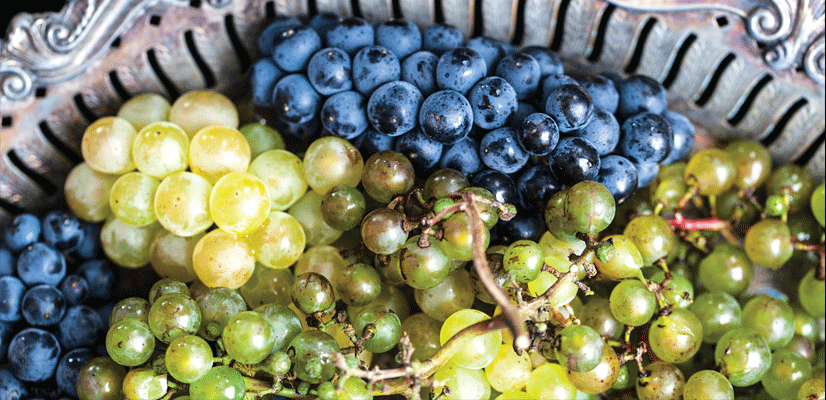For the past several years, Bishop’s Cellar has welcomed Spring by highlighting some lesser known grape varietals and regions that make delicious wines. During this season of growth and renewal, it seems fitting that we grow in our wine experiences too; we are always excited to introduce our friends and customers to something new. We also love hearing the feedback, which thankfully is usually always really positive!
There are so many wonderful grapes and wines that don’t always get their fair share of the limelight. Now it’s time to let them shine. I know you’ll be pleasantly surprised with what you find in these hidden gems.
Cheverny AOC
Cheverny is not a grape, it is an appellation that may be unfamiliar to some. Cheverny AOC is located in the Touraine region of the Loire Valley. The vineyards of Cheverny are the first you would encounter travelling west from Orleans. The area was elevated to appellation status in 1993 (still very recent in terms of the wine world) and produces lively, dry white wines from Sauvignon Blanc plus light, fruity reds and crisp roses from Gamay and Pinot Noir grapes. We just received the freshest vintage of the Salvard Cheverny Rose – this is a must have wine for Spring!
Albarino / Alvarinho
This is a fresh and aromatic variety that makes high quality white wines along the northern Spanish – Portuguese border. It is said to be one of the oldest varietals of the region and the first of Spanish wine grapes to appear as a varietally labelled wine. The best examples show aromas and flavours that are both fruity and floral; orange and acacia blossom, lemongrass, honeysuckle, dried citrus, grapefruit, bergamot and peach. Wow – that does sound enticing. Fresh acidity and slightly salty notes make it an ideal partner for seafood. I can’t wait to enjoy Laxas Albarino this summer!
Arneis
In the 1970’s this grape was almost extinct, as the region’s producers were focusing on growing Nebbiolo for Barolo production. Today, this grape is considered Piedmont’s most interesting white even though many wine consumers still have not heard of it. If you’ve never tasted Arneis, expect subtle aromatics, a fresh medium bodied palate with a slightly creamy texture and flavours of ripe pear. The survival of this grape can be credited to wine maker Alfredo Currado who, in the 1960’s wanted to make white wine from native varietals. He knew that there was Nebbiolo Bianco (aka Arneis) scattered throughout vineyards in the Roero region. So, with the help of the local priest he was able to acquire these white wine grapes from the farmers to make a trial batch of wine. The white wine rested for a winter on the lees and the resulting wine was delicious. In 1968, Alfredo Currado planted an Arneis vineyard and the clone of Arneis we enjoy today comes from this same vineyard. Today the Currado family tradition is carried on by the charismatic Luca Vietti and he is as thankful as we are that his father helped re-discover this “little rascal” of a grape. You will have to pick up some Ricossa Roero Arneis when it arrives this June.
Prieto Picudo
This is definitely an off-the-beaten path varietal. The grape hails from northwestern Spain and is grown almost exclusively in Castillo y Leon. It makes a deeply coloured red with pronounced aromas of ripe dark fruits, forest floor and black pepper. This is a full bodied wine with lively, bright acidity that contributes to it’s food friendly factor. It is sometimes blended with another-not-so common Spanish grape called Mencia- which you will have a chance to try in a few months time when Gotin del Risc Mencia hits our shelves. If you’ve never tasted Prieto Picudo, Estay Prieto Picudo is on our shelves now and delicious.

